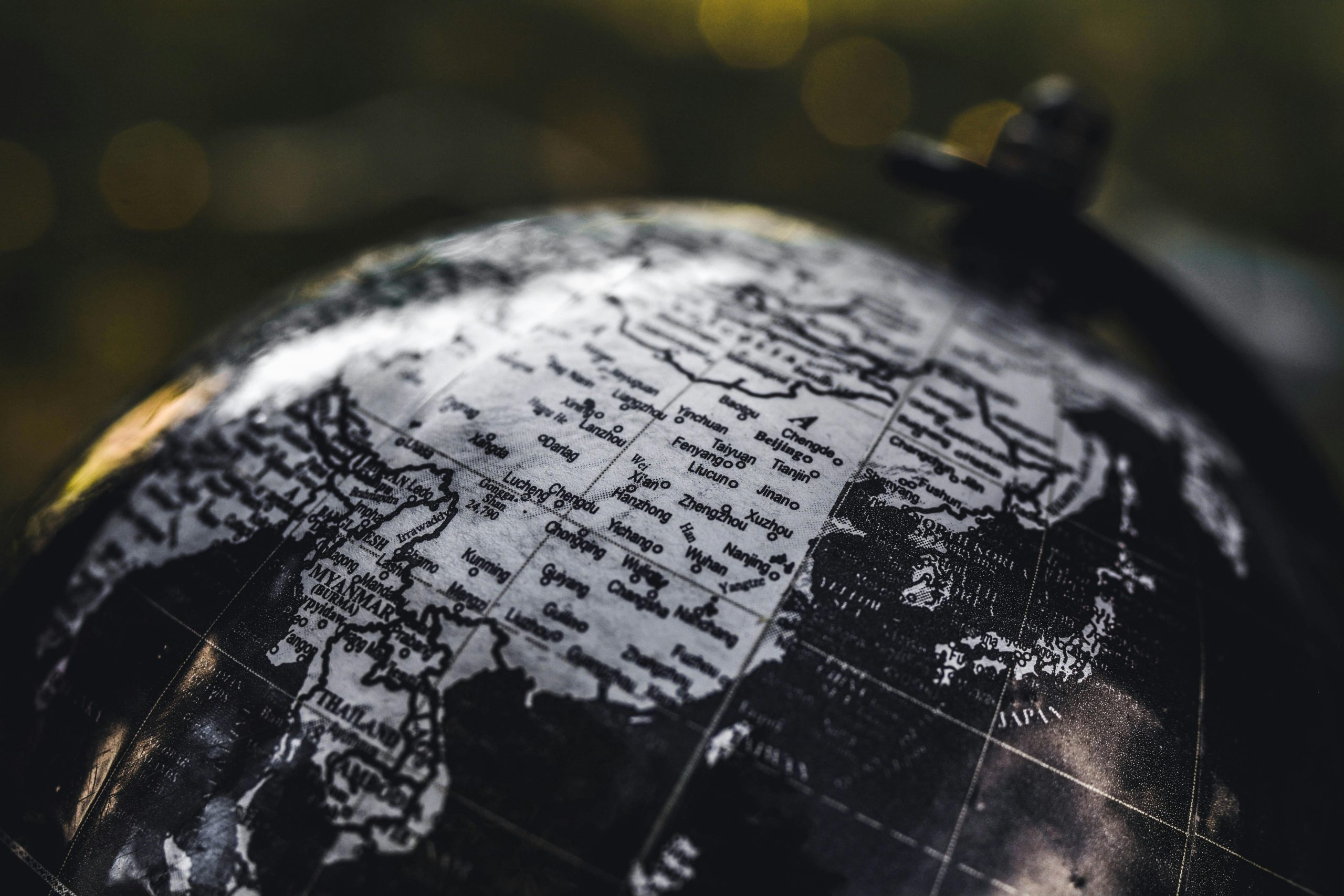Artifact Repatriation: Museums vs. Countries of Origin
When visiting a museum, one expects to see a stunning collection of artifacts from different parts of the world. These artifacts not only give us a glimpse into the history and culture of a particular place but also spark our curiosity and imagination. However, there is a growing debate surrounding the ownership and display of these artifacts. The question of who has the right to possess and showcase cultural artifacts has brought museums and countries of origin at odds with each other. This article will delve into the controversy of artifact repatriation, specifically examining the perspectives of museums and countries of origin.
The Importance of Artifacts in Museums
Museums, also known as institutions of culture, have been at the center of preserving and showcasing artifacts for centuries. These institutions play a vital role in educating the public about different cultures and civilizations. They serve as a bridge between the past and the present, allowing people to understand and appreciate the diversity of our world.
Museums often acquire artifacts through various means, such as purchases, donations, and excavations. These artifacts are then displayed for the public to admire and learn from. They provide invaluable evidence of past civilizations, giving us insight into their traditions, beliefs, and ways of life.
The Argument for Repatriation
While museums consider themselves as protectors and preservers of artifacts, countries of origin argue that these artifacts belong to them and should be returned. One of the main arguments for repatriation is the unethical manner in which many artifacts were acquired during the colonial era. Many countries were exploited and looted of their cultural treasures, which eventually ended up in the hands of museums in Western countries.
Moreover, countries of origin believe that these artifacts hold significant cultural and spiritual value and should only be displayed within their communities. They argue that removing these artifacts from their places of origin deprives them of their cultural identity and sacredness.
The Side of Museums
On the other hand, museums argue that they have the legal right to possess and display these artifacts. The acquisition of these objects was often done through legitimate means, and they have been in the museum’s possession for many years. Museums also highlight the efforts they have made in preserving and protecting these artifacts, which may have deteriorated if left in their places of origin.
Furthermore, museums believe that the display of these artifacts in a global setting promotes cross-cultural understanding and encourages appreciation for different cultures. This, they argue, is crucial in creating a more connected and tolerant society.
Finding a Middle Ground
The debate between museums and countries of origin is a complex one, and finding a solution that satisfies both parties is not an easy task. While repatriating all artifacts to their countries of origin may seem like the right thing to do, it poses practical challenges. Many countries lack the resources and expertise to preserve these artifacts properly. Returning artifacts to their place of origin also raises questions about the safety and security of these objects.
One solution could be the loaning of artifacts back to their countries of origin for temporary displays. In this way, the artifacts can still be accessible to visitors but also have the opportunity to be appreciated by the local community. Museums and countries of origin can also work together to ensure that proper protocols are followed when acquiring and displaying artifacts to avoid any ethical or legal entanglements.
Conclusion
Artifacts are not just lifeless objects; they tell a story and provide a connection to our past. The debate surrounding their ownership and display is a sensitive one, with valid arguments on both sides. It is essential to find a middle ground that respects the rights of both museums and countries of origin. Preserving culture and heritage should be a joint effort between institutions and countries, with the ultimate goal of promoting cross-cultural understanding and appreciation.











